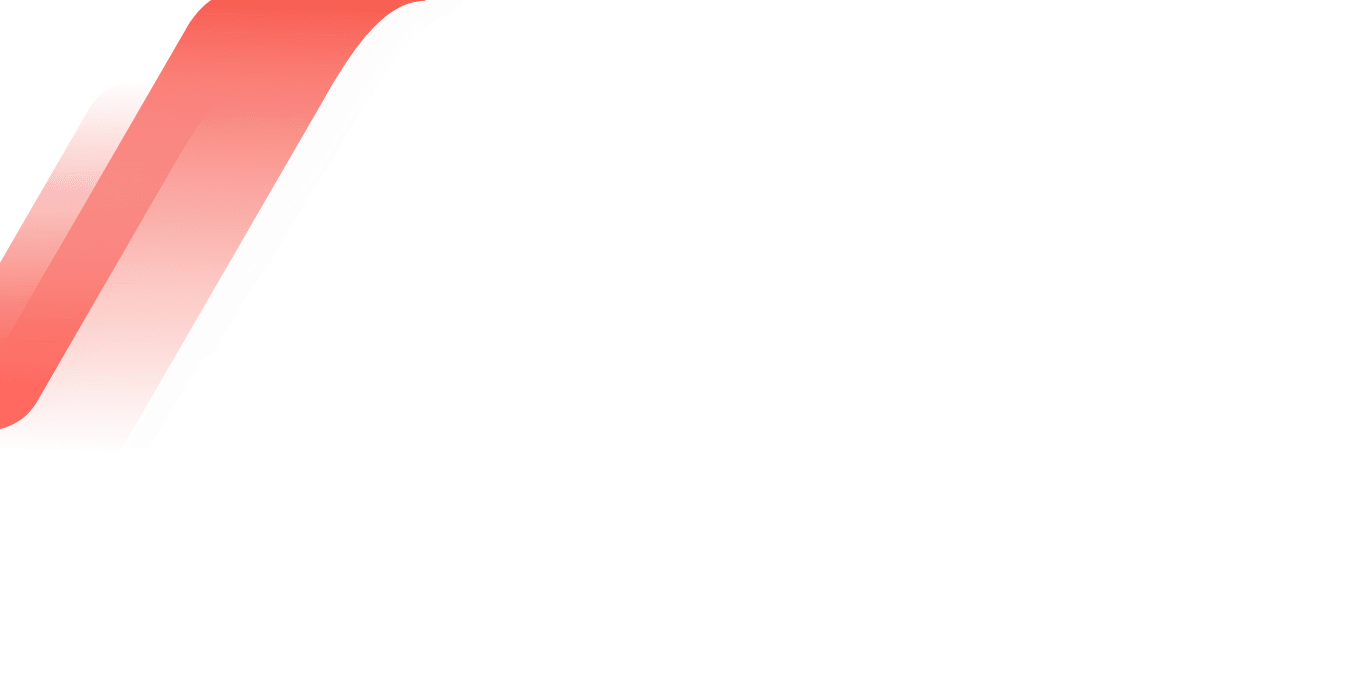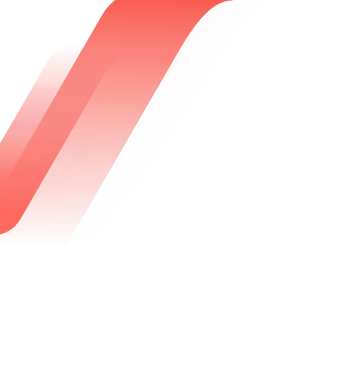Standalone Design Critique
A group conversation by design experts taking place around a product.
Heuristic Evaluation
The application of Usability Heuristics to evaluate a product.
Expert Review
An expert UX designer inspects a system and reports on usability problems and strengths.







